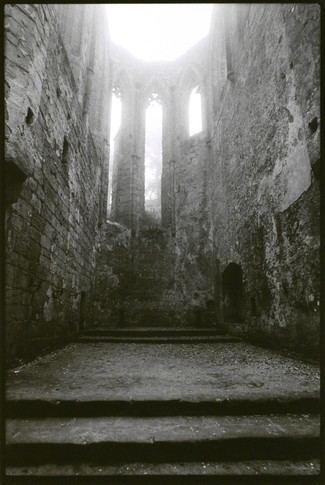Full Name Pavel Nesleha Nationality Czech | Spouse(s) Mahulena Hromadkova Name Pavel Nesleha | |
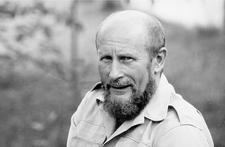 | ||
Born 19 February 1937 ( 1937-02-19 ) Prague, Czechoslovakia Known for Painting, drawing, graphic art, photography Died September 13, 2003, Prague, Czech Republic Education Academy of Arts, Architecture and Design in Prague | ||
Pavel Nešleha (19 February 1937, Prague – 13 September 2003, Prague) was a Czech painter, illustrator, graphic artist, and photographer. He was a prominent representative of the 1960s art movement and a major figure in Czech non-conformist avant-garde art. His drawings and graphical work earned him several awards and distinctions. Starting in 1965, his work was showcased regularly in group expositions in Czechoslovakia and abroad; he had his first solo show in 1966.
Contents
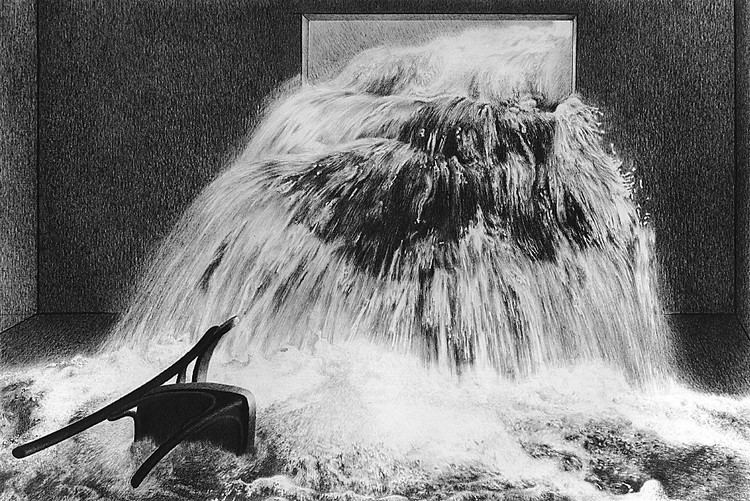
Life
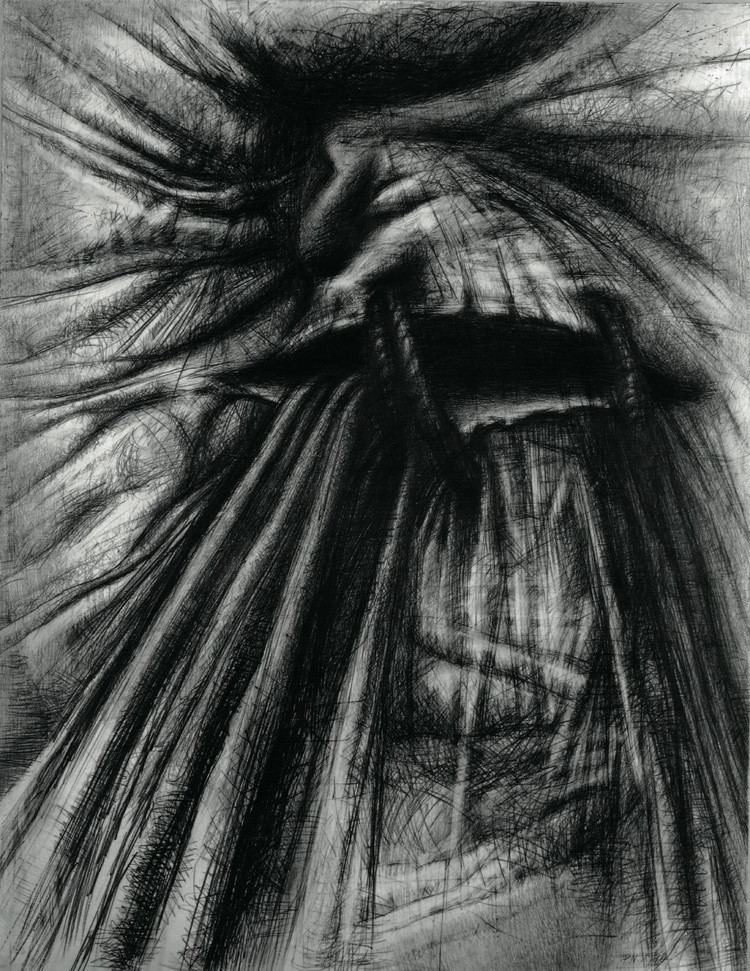
After attending art school in Prague for four years (1952–56), Nešleha studied at the Academy of Arts, Architecture and Design in Prague in the studio of monumental and applied painting headed by Professor Alois Fišárek (1956–62). His diploma work, an abstract painting that he had designed for the Concert Hall in Hradec Králové, was banned and destroyed because it was judged ideologically objectionable by the communist state. To complete his degree, Nešleha then used a collection of expressionist paintings that he had made in the course of his studies; he received a school prize for this work. In 1960 he joined a group of avant-garde artists in Prague called "Confrontations I and II". Through the activities of this group, he met graphic artist Vladimír Boudník and became friends with theoreticians František Šmejkal and Jan Kříž. His career was interrupted for two years by compulsory military service (1962–64). In 1966 he became involved in the activities of theoretician and art critic Jindřich Chalupecký. In the spring of 1968 the French Government awarded him a scholarship to spend three months in Paris; he took this opportunity to visit various museums and monuments in France. He married Mahulena Hromádkova (now Mahulena Nešlehová – art historian) later that year; their daughter (Johanna Nešlehová – statistician) was born in 1977.
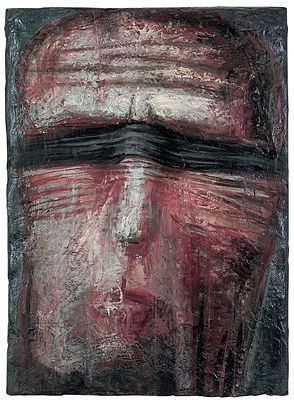
In 1970 Nešleha was offered a position as Professor of Drawing at the Academy of Fine Arts in Kassel, Germany; he had to decline, however, because the Czechoslovak state denied him the right to leave the country. Throughout the normalization period (1970–1989), he was a member of Jindřich Chalupecký's circle. In 1987 he participated in the foundation of the group Zaostalí (The Odd Ones) with painters Bedřich Dlouhý and Zdeněk Beran, sculptor Hugo Demartini, architect Karel Kouba, and composer Jan Klusák. In 1990 he received a grant from the Pollock-Krasner Foundation. In the same year, he became head of the studio of painting at the Academy of Arts, Architecture and Design in Prague, a position he held until 2002. He was appointed full professor in 1991 and also served as vice-rector. He became a member of the Mánes Union of Fine Arts in 1995. He died of cancer in September 2003.
Artwork
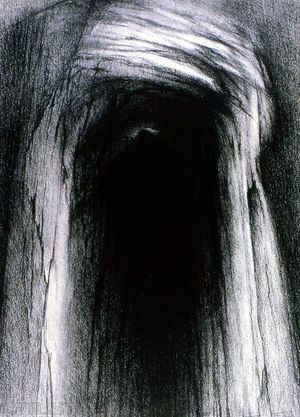
Nešleha’s work is rich in themes; it includes paintings, drawings, prints and photographs, as well as installations, collages, luminous objects and reliefs. His work from the late 1950s and 1960s is influenced by expressive and informel art currents in which work is guided by imagination. He depicts the drama of human existence in its various forms. In the mid 1960s, his work gradually becomes more figurative and eventually leads to paintings, graphic art and large-scale drawings that amplify detailed parts of the human body. Starting in 1968, he develops an interest in photography and explores the extent to which the objective depiction of reality can be influenced by an artistic viewpoint; in his work, objects from day-to-day life intersect with the grotesque, the ironic or the absurd. In the 1970s, he develops individualistic themes with surreal overtones; an interest in meditation and the symbolic value of light leads him to explore how light influences man’s perception of objects and reliefs.

The 1980s bring a different trend to the artist’s work. Influenced by the romantic views of K. H. Mácha and C. D. Friedrich, Nešleha explores the relationship between man and nature and the symbolic nature of light through various themes. His paintings highlight paradoxes by combining reality and illusion; he gives relief to his work using doors and various other objects, assembled and sometimes animated with video. His pastels, drawings, and photographs reflect some of the artist’s leitmotifs: nature, myth, and fate. By the end of the 1990s, his attention turns once again to light, which is now endowed with spiritual significance — he uses light pastel to depict reality gradually disappearing in abstract colorful characters and visions. His creativity then comes to an end abruptly with his premature death in 2003.
Paintings and objects
